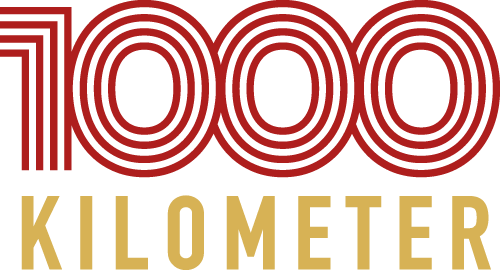70s and 80s
Flashback
An era comes to an end
The oil crisis, new regulations and, last but not least, the reconstruction of the StRecken in the 1980s robbed the race of the magic of earlier years.
The first two years of the 1970s are still dominated by Porsche. At the Nürburgring, the 908 in its latest version is unbeatable. Ferrari's heavy 512S sports car doesn't stand a chance against the speedy runabouts from Zuffenhausen. Der Brite Vic Elford sorgt gleich zweimal für Porsche Gesamtsiege. Nach seinem Landsmann Stirling Moss wird Elford als der erfolgreichste Fahrer in die Geschichte des 1000 Kilometer Rennens eingehen.
1970
One of the British prototypes: the Daren-Ford Mk2 of Jeremy Richardson and Alistair Cowin in the pits. Photo: Joscelyne Archive
1971
The number 55 car was driven to third overall by John Surtees and Nino Vaccarella. Photo: Udo Klinkel
1971
Gerard Larrousse and Vic Elford with their Martini Porsche 908. The winners in 1971. Photo: Udo Klinkel
1971
Peter Gaydon with his Martin-Ford BM8 in the pits. Photo: Joscelyne archive
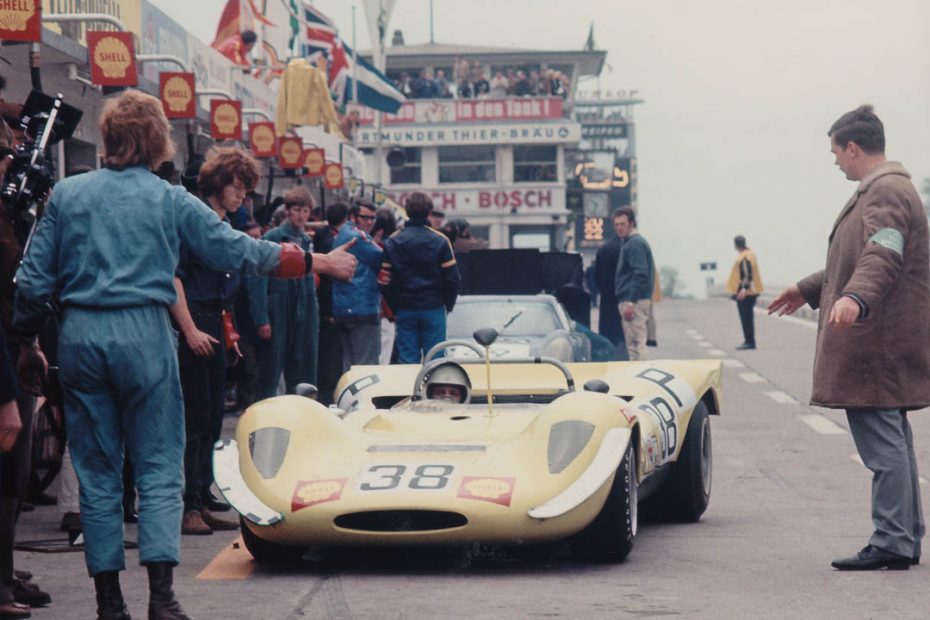
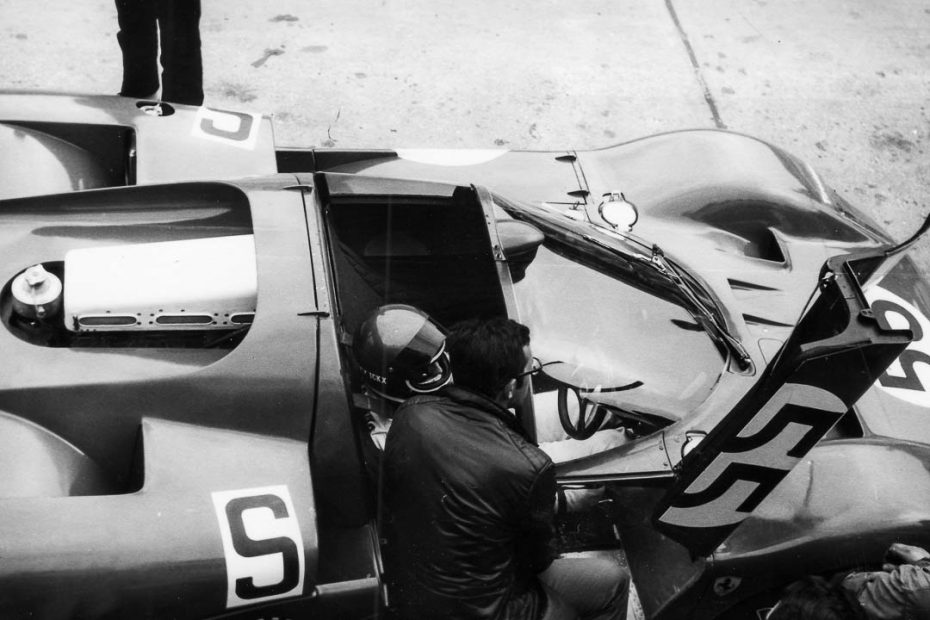
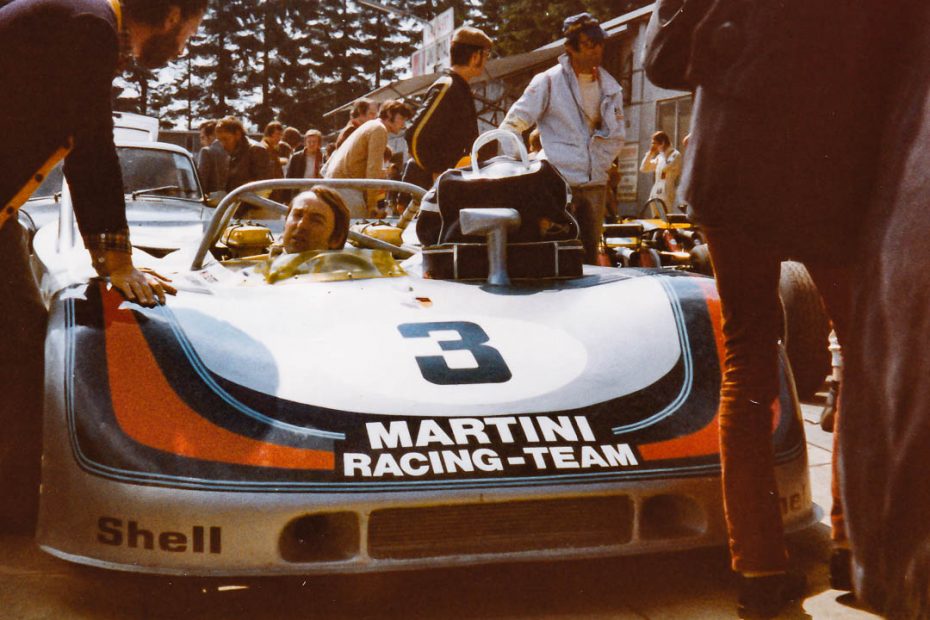
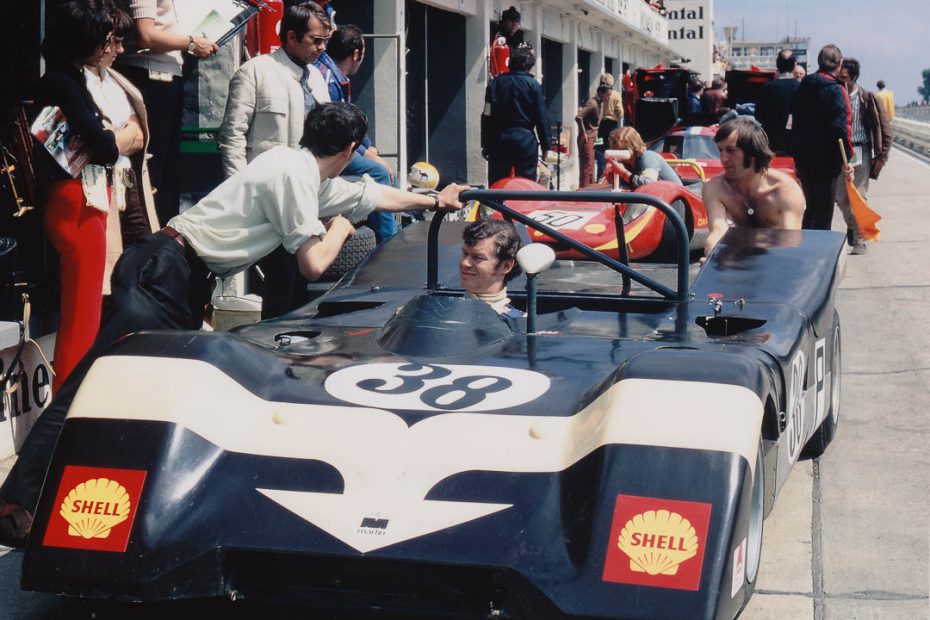
In 1972, Ferrari makes a comeback. The 312PB in the hands of Jacky Ickx and his teammates proves to be the fastest vehicle on the Nordschleife, especially because Porsche has since given the 908 into private hands and the car is hardly developed any further.
There is no successor in sight either, which means that until 1974 the overall victories fall to Ferrari, Matra and Alfa Romeo. The second half of the '70s is heralded in 1976 by the first victory of a BMW.
1973
Brian Redman won the legendary 1973 race together with Jacky Ickx. Photo: Udo Klinkel
1974
Manfred Schurti and Helmuth Koinigg with their Carrera RSR on their way to seventh place overall in the 1974 race, which was shortened to 750 kilometers.
Foto: Christian Höfer
1975
Line up for practice. The vehicles line up in front of the paddock tunnel. Photo: Udo Klinkel
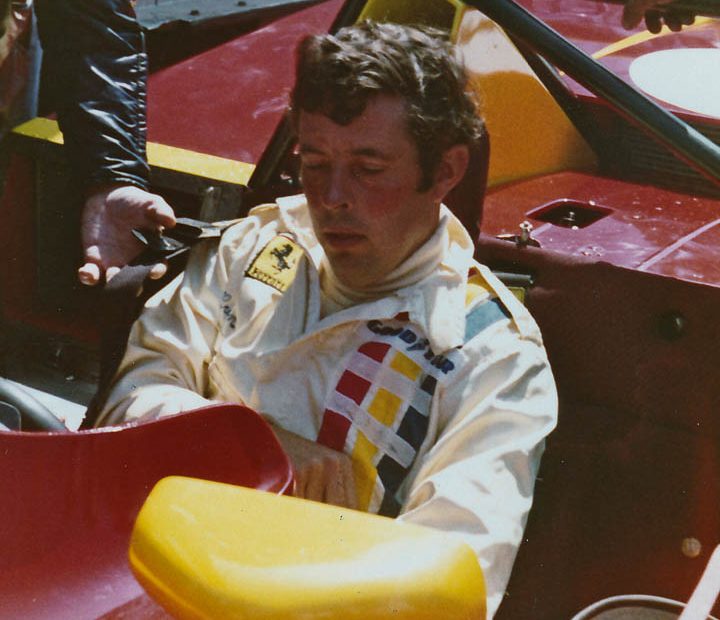
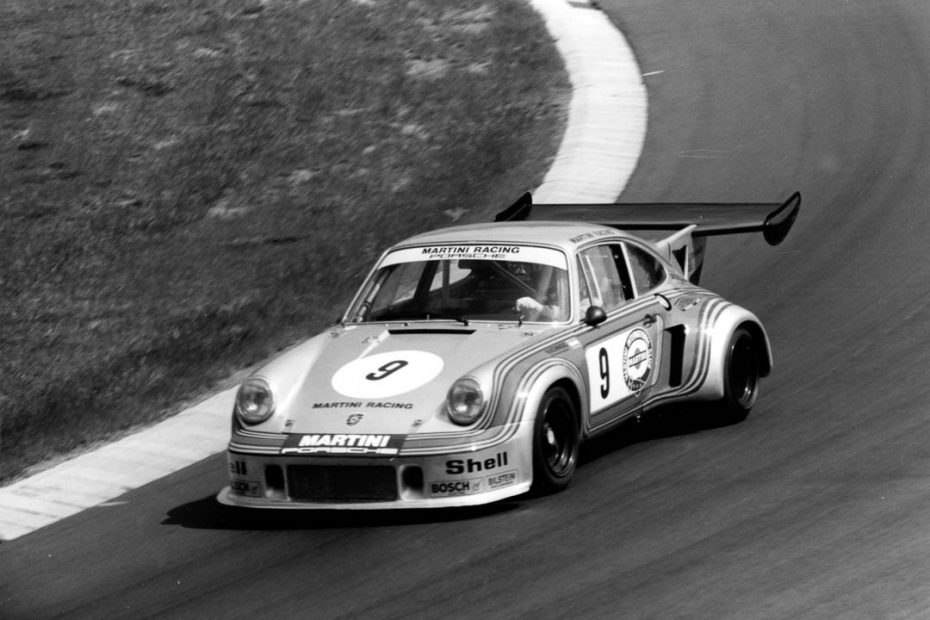
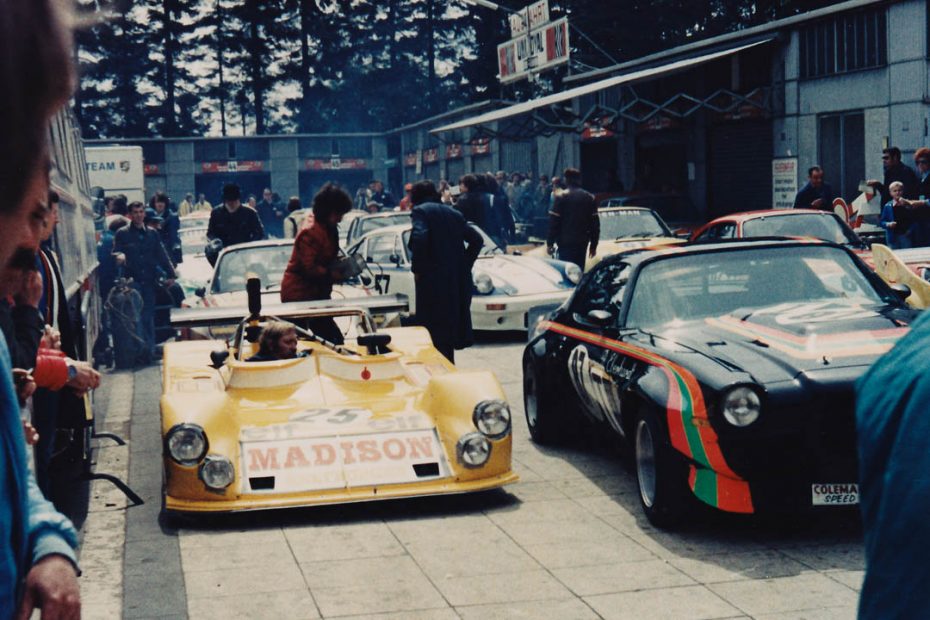
New regulations put an end to the fast three-liter prototypes - from now on, it's mainly the Porsche 935s in various versions that dominate the action. This has not necessarily contributed to the attractiveness of the race, with spectator numbers tending steadily downward. The diversity of brands and the associated high number of participants, for which the 1000 kilometer race was famous for a long time, are now also a thing of the past.
To fill up the starting fields, touring cars are allowed to take part in the races for the first time from 1976. This remained the case until the last race on the Nordschleife in 1983. The 1980s saw the return of prototypes in the form of Group 6 and Group C cars. Lancia appears on the scene and secures the overall victory in 1982.
1976
View of the starting grid for the 1976 race. Photo: Christian Höfer
1981
Jochen Mass in the Porsche 908-80 at the start of the 1981 race, which he finished in second place together with Reinhold Joest. Photo: Christian Höfer
1982
The helmets of Hans Heyer and Hans-Joachim Stuck laid down on their 1982 race car, a Sauber-Ford C6. Photo: Udo Klinkel
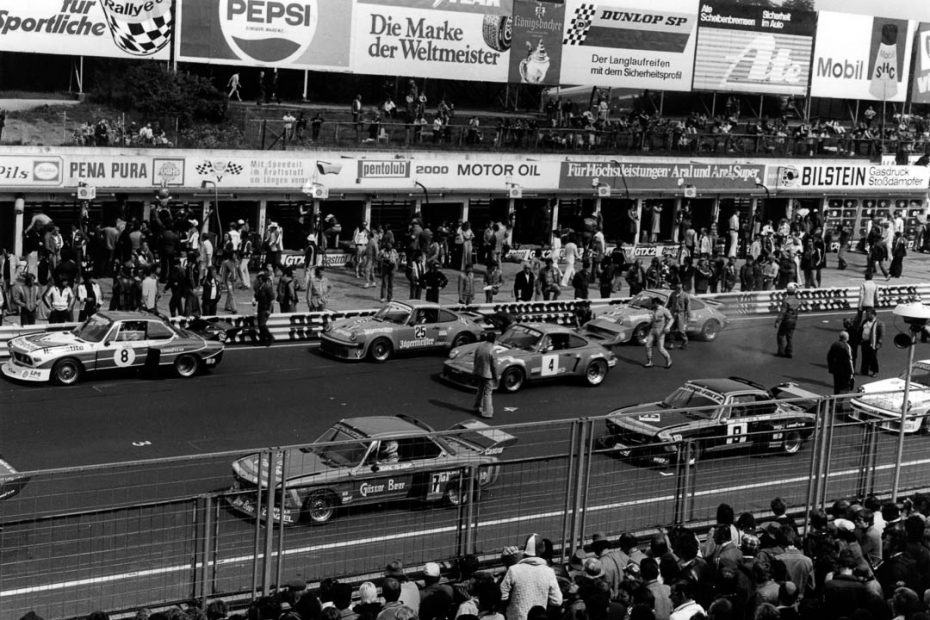
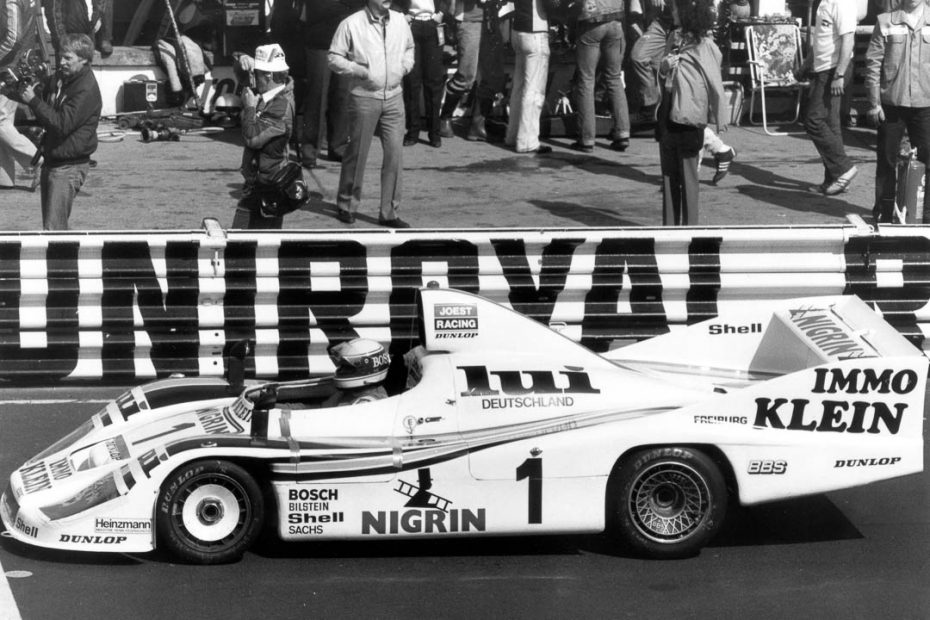
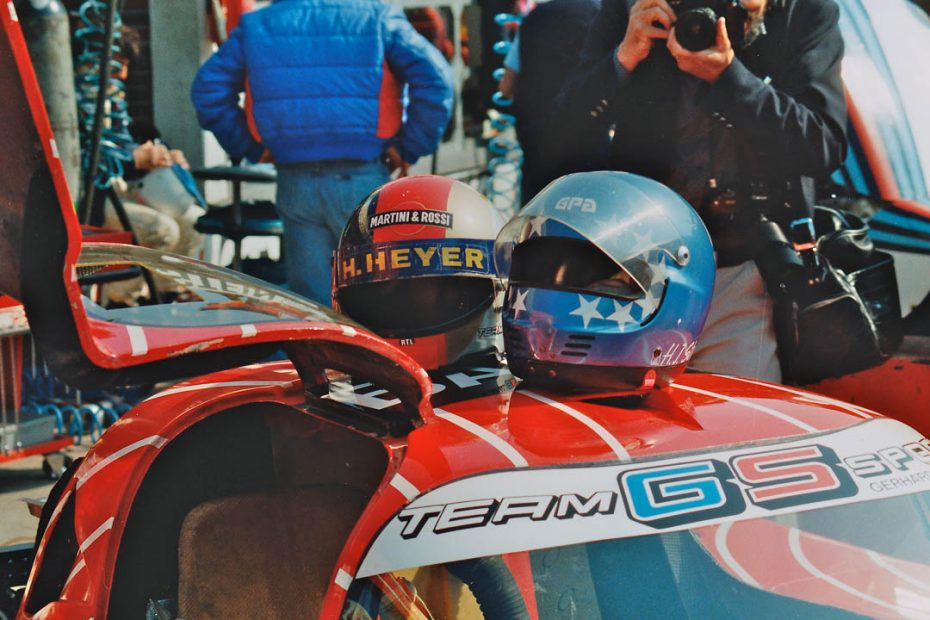
Then Porsche comes along with the 956, with which the Zuffenhausen company brings the last laurels of victory in a 1000 kilometer race on the Nordschleife to Stuttgart a year later. Jacky Ickx and Jochen Mass win the last race at the Nürburgring, which is already being rebuilt, on the legendary circuit, which has already lost part of its identity after being stripped of the entire start-finish area. Thus the era of the 1000 kilometer races on the Nürburgring-Nordschleife finally comes to an end.
In the following years, further races with the "1000 kilometer" title were held on the new Grand Prix circuit, but these never reached the glory of the legendary 44 laps through the "Green Hell", which made the hearts of the many spectators and also the participants beat faster for 30 years.
